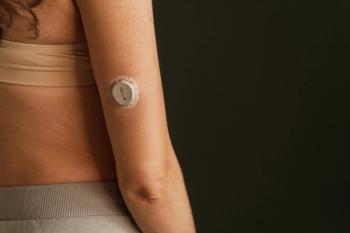
Update on Temporary Compounding of Certain Alcohol-Based Hand Sanitizer Products During the Public Health Emergency
The APhA’s program “Addressing the COVID-19 Crisis: An Open Forum Webinar Series for Pharmacists” addressed the new conditions, including that hand sanitizer is compounded according to the following formula consistent with World Health Organization recommendations.
On April 15, the FDA issued a new guidance addressing the compounding of alcohol-based hand sanitizers to further assist pharmacists in state-licensed pharmacies, federal facilities, and registered outsourcing facilities.1
Several organizations, including the American Pharmacists Association (APhA), the Alliance for Pharmacy Compounding (APC), the National Community Pharmacists Association (NCPA), and the National Alliance of State Pharmacy Associations, wrote to the FDA for further guidance on March 30. At that point in time, the FDA had failed to address several key concerns in their statements on compounding, such as shortages of the 75% isopropyl alcohol required in the FDA's specifications.2
The APhA’s program “Addressing the COVID-19 Crisis: An Open Forum Webinar Series for Pharmacists” addressed the new conditions, including that hand sanitizer is compounded according to the following formula consistent with World Health Organization recommendations:
- Alcohol (ethanol, denatured) (formulated to 80%, volume/volume [v/v]) in an aqueous solution; or isopropyl alcohol (formulated to 75%, v/v) in an aqueous solution
- Glycerin (glycerol) (1.45% v/v)
- Hydrogen peroxide (0.125% v/v)
- Sterile distilled water or boiled cold water.3
The compounder should not be adding other active or inactive ingredients, such as ingredients to improve the smell or taste due to the risk of accidental ingestion in children, according to the FDA.3
In addition, the FDA listed that the hand sanitizer should be prepared under conditions routinely used by the compounder to compound similar nonsterile drugs and should be an aqueous solution only, not a gel, foam, or aerosol spray.1
REFERENCES
- Policy for temporary compounding of certain alcohol-based hand sanitizer products during the public health emergency. FDA. https://www.fda.gov/regulatory-information/search-fda-guidance-documents/policy-temporary-compounding-certain-alcohol-based-hand-sanitizer-products-during-public-health. Updated April 15, 2020. Accessed April 30, 2020.
- Antrim, Aislinn. Compounders ask FDA for more guidance on hand sanitizer, launch donation campaign. Pharmacy Times. https://www.pharmacytimes.com/news/compounders-ask-fda-for-more-guidance-on-hand-sanitizer-launch-donation-campaign. Published March 30, 2020. Accessed April 30, 2020.
- Addressing the COVID-19 Crisis: An Open Forum Webinar Series for Pharmacists. APhA. Published April 30, 2020. Accessed April 30, 2020.
Newsletter
Stay informed on drug updates, treatment guidelines, and pharmacy practice trends—subscribe to Pharmacy Times for weekly clinical insights.

















































































































































































































